
Find a local plumber
- Inspiration /
- Indoor projects /
- Bathroom & laundry /
- The key to a powerful...
The key to a powerful shower
We explore the power shower
So you’ve experienced a high-pressure drencher at your last hotel stay or while a house-guest at your friend’s place, and now you want it! That’s understandable; the sensation of a power shower is incredible, but the planning and installation process is not so straightforward. So, is the feel worth the hassle? You be the judge.
Weighing in on the ‘Power Shower’
A power shower (also called a pump shower) is described as a mixer with an integral pump. The pump increases the rate of flow from the shower head and operates on a low pressure tank-fed system. It must have a dedicated temperature supply (hot and cold water system) and an above ground water supply to be ready to use.
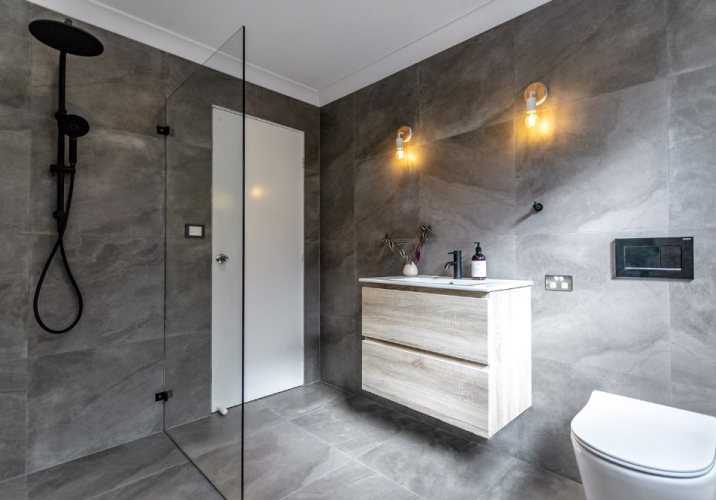
Choices in shower pumps
There are two choices to suit your needs: the single and the twin impeller pumps. The single impeller has one pressure blade that pumps the water, mixes it to the right temperature and then drives it through from the shower head. When installing the pump, it’s necessary to position it between the mixer and shower head for proper functioning. With the twin impeller, you can fit it to both the hot and cold water before reaching the mixer port.
Consider that a pump only makes practical sense if you have the appropriate hot and cold system installed in the home. If you have a gravity storage system in your loft space, the distance from that base to the shower head is most likely approximately one metre, which will result in a low pressure shower. Most manufacturers recommend having the pump electrically connected within four metres of the hot water source and at least 30 millimetres below your cold water tank.
Water efficiency
If you are a water conservationist, a power shower is an area to pay keen attention. You can easily rack up double the amount of water with a pump than from a soak in a bath. Some power showers use up to 24 litres of water per minute, while a bath will average 80 litres. If you do the math, youll be 40 litres over the amount for a bath within five minutes.
Luckily, you can purchase a water efficient shower head that conserves water, giving less than 10 litres per minute. However, going any lower than that will lose the power effect of a drencher.
One last note before purchasing a pump: it tends to be noisy to operate. Also, check the drainage in your tub. With a lot more water bursting forth, youll have a pool at your feet in no time if the drainage is inadequate.
How much will your job cost?
The Oneflare Cost Guide Centre is your one-stop shop to help you set your budget; from smaller tasks to larger projects.
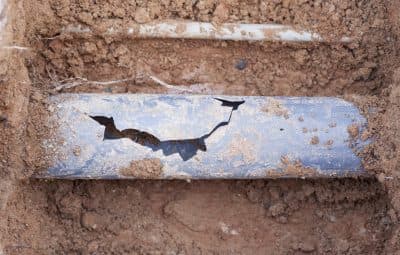
Sewer Pipe Relining costs
Average price $500 - $4,000
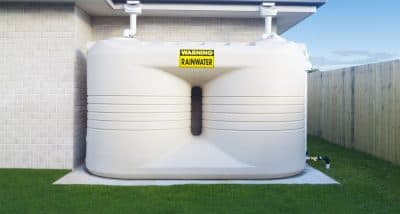
Water Tank costs
Average price $70 - $130 per hour
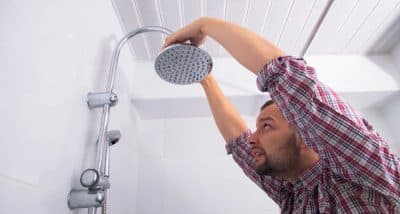
Shower costs
Average price $1,500 - $6,500
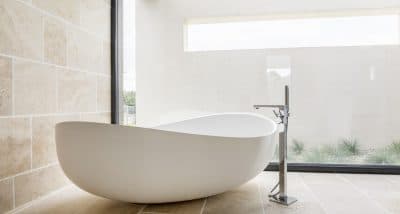
Bathtub costs
Average price $500 - $5,000
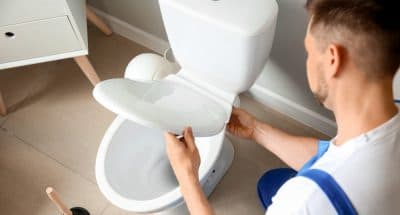
Toilet costs
Average price $60 - $130 per hour
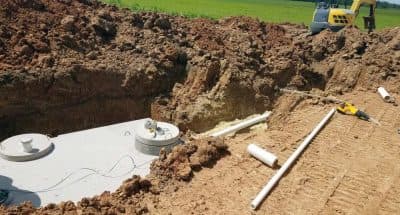
Septic Tank costs
Average price $7,000 - $15,000
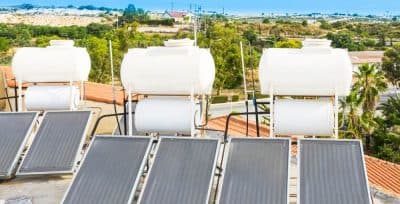
Solar Hot Water System costs
Average price $2,500 - $8,000
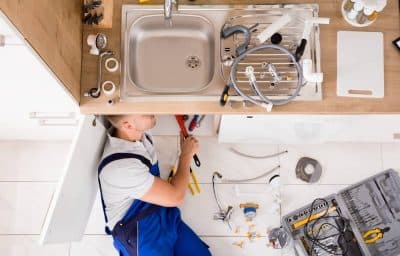
Plumber costs
Average price $50 - $250 per hour